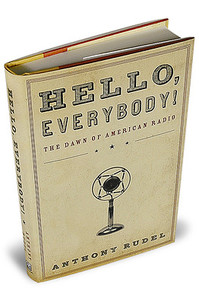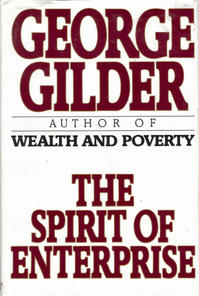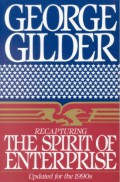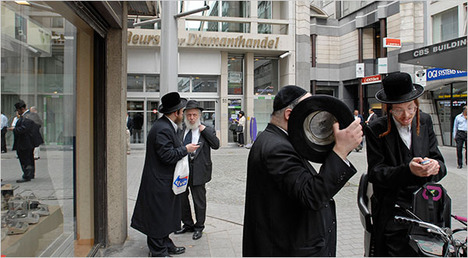(p. A25) Years ago, when I was a reporter, I remember getting a call from a woman in the Bronx who was screaming: “They’re over on Moshulu Parkway planting dead trees!”
A city work crew was, sure enough, digging holes along the side of the street and carefully sticking in brown and dried-up pieces of foliage. The men claimed the trees had simply lost their leaves for the winter — an explanation somewhat undermined by the fact that they were evergreens.
I’m telling you this because on Tuesday I was talking with a high-ranking Obama administration official about the stimulus plan. “There will be a dead tree planted, figuratively speaking,” he said somberly. “That will happen.”
For the full commentary, see:
GAIL COLLINS. “The Dead Tree Theory.” The New York Times (Thurs., February 25, 2009): A25.
(Note: the online version is dated Feb. 26, and has some substantial differences from the midwest print edition version I have, though there are only minor differences in the brief passages quoted above, which agree with my print copy.)






